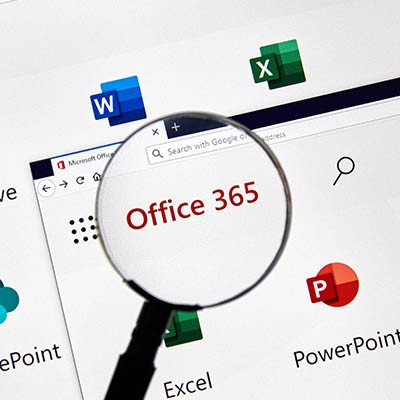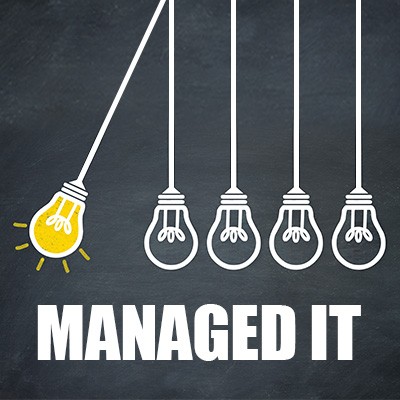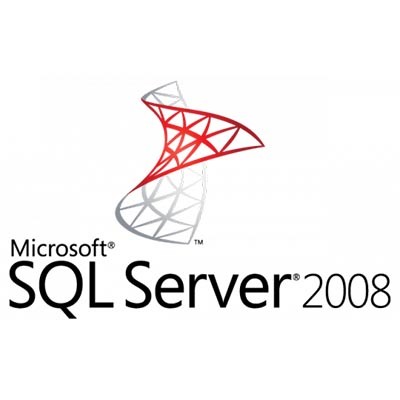Telesys Voice and Data Blog
Budgeting for your technology can be pretty difficult. You never really know when some problem is going to present itself and cost your business an arm and a leg. Since you can’t always see what’s coming, saving money when you can is important. Let’s take a look at a few ways that you can save money on your business’ IT.
IT inventory management is the process of making sure that your information technology resources are maintained to be their most effective, such as what needs to be updated, which licenses need to be renewed, and whether your resources are helping you accomplish your organizational goals. It is essentially a fancy way of saying asset management, specific to your IT - and it is a very important process for any business.
Let me ask you a simple question: how many cell phones have you had over the years? For some of us, upgrades are a yearly occurrence. For others possibly bi-yearly. Have you ever wondered where your old cell phone goes after it is out of your hands?
In order for one methodology to replace another, it has to provide more value than the one that came before. In terms of IT support, managed services can deliver far greater value than the familiar break/fix method. In this series, we’ll explore the value that managed services contribute to a business, starting with their proactive nature.
Information technology support has developed and evolved as the methods and equipment used have improved. As a result of this development, there are a variety of ways that managed IT providers can deliver additional value through their services. In this series, we’re exploring the many benefits a business can gather through managed services - here, focusing on the support available.
You may not think much about managing mobile data, but if your business routinely transmits sensitive data over the Internet, you should. Today, businesses of all types are using the Internet as a tool to drive their sales and marketing processes, but they don’t often consider the threats that come in when they use it for productivity. Today, we will go over what a Mobile Information Management solution is, and how to leverage it for your business.
All work and no play makes Jack a dull boy, as the saying goes, but is this really useful advice if you’re trying to keep Jack, Jill, and the rest of your team engaged in the workplace? As it happens, it is! Let’s explore how you can use gamification to your business’ benefit.
While information technology is an important part of the modern business and its processes, it isn’t always the easiest topic for the average business user to figure out. In this series, we’ve been exploring how a managed service provider can add value to your business and its IT. Here, we’re focusing on how the managed service provider can serve as a knowledgeable consultant.
When we write about Net Neutrality, we typically write about how it is designed to keep the telecommunications conglomerates, who make Internet service available to individuals on the Internet, honest when laying out their Internet service sales strategy. One way to put it is that without net neutrality in place, the Big Four (which are currently Comcast, Charter, Verizon, and AT&T) have complete control over the amount of Internet their customers can access.
The act of “yak shaving,” also known as “bikeshedding,” is a specific kind of procrastination that can hold you back from getting the most out of your workday. This week’s tip is dedicated to explaining what this nonsensical phrase means and why it’s beneficial to keep your employees on track.
Being in IT, we’ve seen and heard it all. Between the campfire horror stories of technicians to the outlandish IT conspiracies and ‘home remedies’ that get passed around, we’ve decided to compile a list of some of our favorite IT and technology myths.
When encryption is discussed, one of its high points that business professionals try to hammer home is that it’s more secure. But what does encryption really mean for businesses? Does it adequately protect data and devices? We’ll walk you through a brief rundown of how encryption works and the role it plays in keeping your business secure.
Modern businesses generate a lot of data, some of which they couldn’t really function without. This makes the prospect of data loss especially dangerous, making a data backup imperative. Today, cloud computing is seen as the premiere option in terms of data redundancy and availability. Today, we’ll look at why you want to consider storing your backed-up data in the cloud.
Microsoft is the world’s most profitable software company, and if your business is like any of the millions of businesses that rely on Microsoft’s servers, you know they are both useful and secure. Occasionally, however, Microsoft will retire older software titles as they need constant care and support. On July 9, 2019, Microsoft will officially retire their SQL Server 2008 and SQL Server 2008 R2 operating systems. If your organization still uses this software there is no time like the present to get you systems updated, as losing support will be a major problem.
65 of any currency doesn’t seem like a lot of money, but when you are dealing in the cryptocurrency Bitcoin, it adds up quick. One city on Florida’s Atlantic coast is finding that out the hard way after getting hit with a ransomware that stymied the city of 35,000 government’s ability to function. Let’s take a look at the situation that made the city’s leaders agree to pay hundreds of thousands of dollars to scammers.
A database is an incredibly useful tool for organizing a lot of information in a relatively concise and accessible way. Did you know that you can use a relatively common program, Microsoft Excel, to generate a database for your business to use? For this week’s tip, we’ll walk you through this process to help you keep your data organized.
It isn’t as though we haven't said this before but leveraging a VoIP (Voice over Internet Protocol) solution over a traditional business telephone system can bring your organization a few very clear benefits. Many of these benefits come from the advanced features that VoIP offers as add-ons. We’ll discuss a few of these features and their advantages.
Data loss is no joke - and we’ve heard plenty of stories from people who have experienced it firsthand, when personal or business data was lost. We appreciate everyone who shared their experiences with us, and allowed us to post them here. First, we’ll tell the story of someone who learned something in college that wasn’t in the syllabus.
Don’t forget to share your own stories with us in the comments!
We all know how important it is to protect your desktop and laptop computers from malicious threats. Installing antivirus and security software is one of the first steps you take when you get a new computer, and for good reason. An unprotected device is at great risk. With that said, a lot of users don’t think about the threats that target their most-used devices, their smartphones.
Mobile? Grab this Article!
Tag Cloud




















